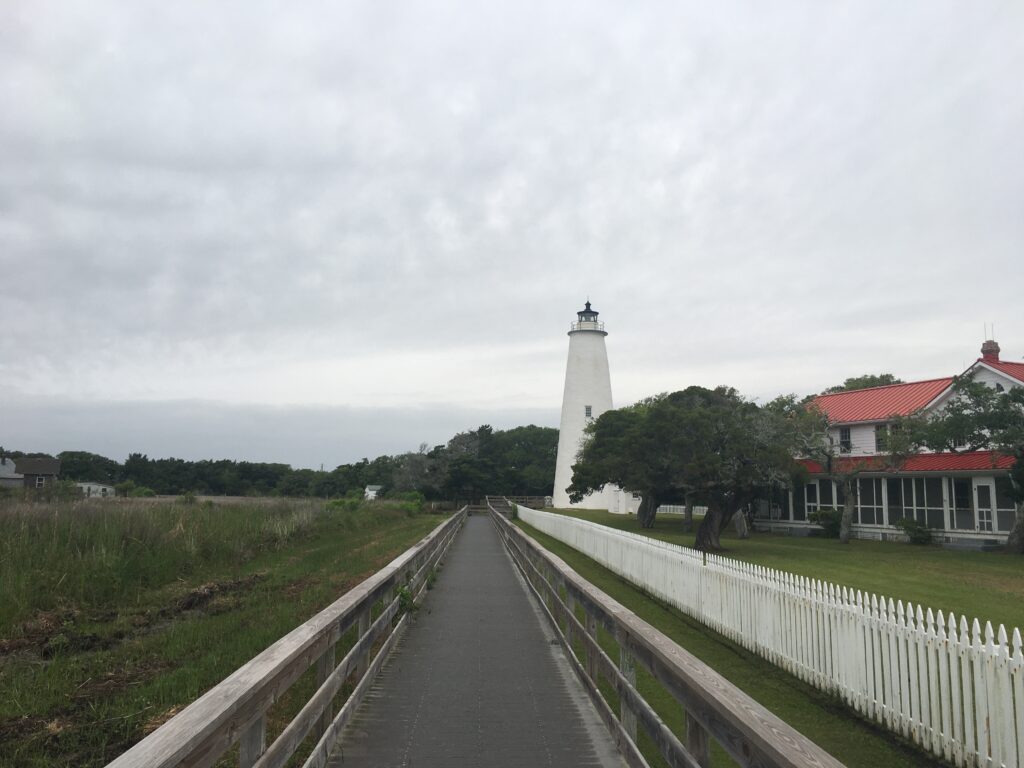Preserving Cultural Assets in the Outer Banks
go.ncsu.edu/readext?952215
en Español / em Português
El inglés es el idioma de control de esta página. En la medida en que haya algún conflicto entre la traducción al inglés y la traducción, el inglés prevalece.
Al hacer clic en el enlace de traducción se activa un servicio de traducción gratuito para convertir la página al español. Al igual que con cualquier traducción por Internet, la conversión no es sensible al contexto y puede que no traduzca el texto en su significado original. NC State Extension no garantiza la exactitud del texto traducido. Por favor, tenga en cuenta que algunas aplicaciones y/o servicios pueden no funcionar como se espera cuando se traducen.
Português
Inglês é o idioma de controle desta página. Na medida que haja algum conflito entre o texto original em Inglês e a tradução, o Inglês prevalece.
Ao clicar no link de tradução, um serviço gratuito de tradução será ativado para converter a página para o Português. Como em qualquer tradução pela internet, a conversão não é sensivel ao contexto e pode não ocorrer a tradução para o significado orginal. O serviço de Extensão da Carolina do Norte (NC State Extension) não garante a exatidão do texto traduzido. Por favor, observe que algumas funções ou serviços podem não funcionar como esperado após a tradução.
English
English is the controlling language of this page. To the extent there is any conflict between the English text and the translation, English controls.
Clicking on the translation link activates a free translation service to convert the page to Spanish. As with any Internet translation, the conversion is not context-sensitive and may not translate the text to its original meaning. NC State Extension does not guarantee the accuracy of the translated text. Please note that some applications and/or services may not function as expected when translated.
Collapse ▲Written by Emily Prickett, Parks, Recreation and Tourism Major
The Outer Banks contains numerous culturally significant landmarks. Discussions of climate change impacts in this area have started to include those culturally and historically significant sites in the area along with basic needs for living on the island. Recent research has honed in on the impacts climate has on significant sites, particularly those on National Park Service (NPS) land, as they are tasked to maintain and preserve landmarks on their property. In a report from the United States Geological Survey, Dr. Erin Seekamp, now the Goodnight Distinguished Professor and the Director of Coastal Resilience and Sustainability Initiative, introduces a new process of prioritizing projects for these sites (Safeguarding Our Cultural Past from Future Climate Change). Seekamp worked with the National Park Service in 2016 to develop a method to rank the cultural resources of Port Townsend and Cape Lookout to distinguish the priority for protecting and revitalizing these culturally significant places. Rankings of each cultural resource include vulnerability, historical significance, and importance for day-to-day operations and educational efforts. This level of detail for each cultural resource allows management actions and priorities to be based on the different ranking values. Ideally, Seekamp hopes to see this method used for more destinations to help preserve the cultural significance of each location.

Ocracoke Lighthouse
This process is relevant once again in the Outer Banks with Ocracoke Lighthouse as the NPS is seeking public comments on the potential best ways to achieve a sustainable solution to the growing issue of climate change and harsh storms that affect the cultural landmarks. Alongside Seekamp’s research, the public’s inputs are considered in the decision process of the NPS to maximize positive results while minimizing negative effects. Important to the area’s history and the surrounding communities, the Ocracoke Lighthouse, which is at risk of degradation from such threats, brings many concerns to the National Park Service to take action. The NPS provides details of the possible measures that can be taken. This is their first step towards protecting the coast and its valuable destinations (Safeguarding Our Cultural Past from Future Climate Change).
These cultural assets are one important factor in the tourism ecosystem of our coastal communities that face myriad challenges. To support these tourism-dependent coastal communities, the Lighthouse Fund supports undergraduate student researchers to create case studies about timely tourism issues. The first two Sustainable Tourism Case Studies were finished last year and covered topics: tourism workforce housing and oyster reefs as a strategy to reduce coastal degradation (Sustainable Tourism Case Studies). There is also a survey for tourism stakeholders to inform upcoming undergraduate researchers about other issues they should look into to support our coastal tourism communities.


